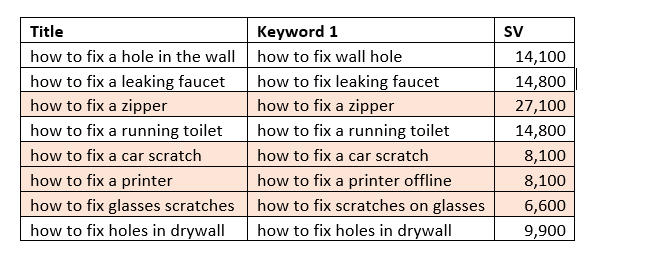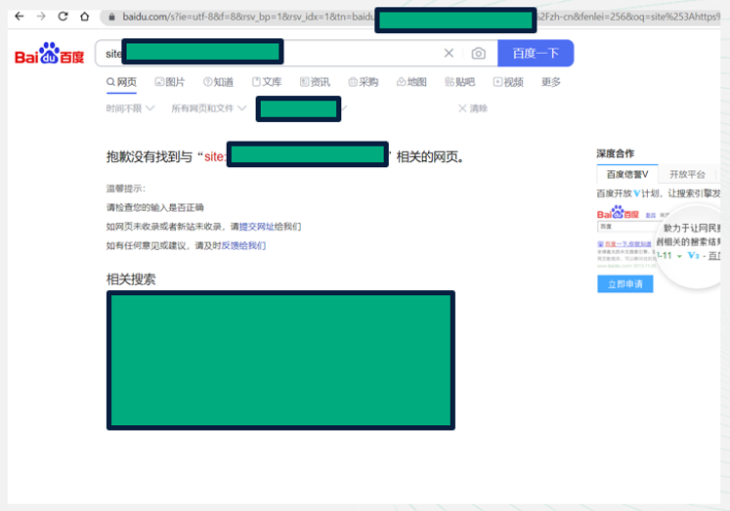You’ve probably heard of Google’s helpful content update by now, which went live in August 2022. But what does that mean for your international content? No matter if you’re translating or native copywriting your multilingual content, it’s vital that you keep this summer’s update in mind.
What’s the reason behind Google’s helpful content update?
You’ve probably heard of Google’s helpful content update by now, which went live in August 2022. But what does that mean for your international content? No matter if you’re translating or native copywriting your multilingual content, it’s vital that you keep this summer’s update in mind.
What’s the reason behind Google’s helpful content update?
It’s no surprise that many companies have spent much time creating content for SEO rather than focusing on quality over quantity. This means they’ve been creating content for a wide range of keywords and not homing in on their niche and areas of expertise.
To give you an example, imagine you’re working for a large DIY store. Your target audience is DIYers, so you want to create content that helps people do jobs around the house. If you were taking a quantity over quality approach to rank for as many keywords as possible, you might go for the following if you were doing a specific content push for “how to fix something”:

Here you can see that while there are many great articles that can help DIYers do jobs around the house, several topics aren’t relevant to the target audience. They’ve been included to boost the content created and increase their chance of reaching position one, which is precisely what Google wants to avoid. They want companies to write for their target audience and produce helpful content rather than have a strategy that revolves purely around creating content around keyword research results.
Consequences of Google’s helpful content update
There have been mixed reactions regarding Google’s helpful content update. Some SEOs claim it’s just a well-executed PR campaign, but others have seen companies approach them with their rankings dropping off almost overnight, an example of which you can see below.

No matter how you see things, Google has made it clear that they want companies and SEOs to focus on helpful content that benefits the searcher rather than just creating strategies to beat the algorithm.
A helpful content-proof international content strategy
Machine translating content
It’s not uncommon for companies to take a machine translation or hybrid approach to translating their website content. For new markets or pages that don’t have many visits, localization managers often decide to machine translate content to be available in a user’s market, boosting SEO rankings but not breaking the bank.
Unfortunately, this breaks Google’s guidelines, as machine translation is classed as AI-generated content. Of course, Google isn’t going to ban writers from using AI and MT to help. Still, if you leave the content in its raw state, it’s an issue; even though there’s no guarantee that Google can automatically notice MT/AI content, Google’s webspam team will take action if they come across it.
Action: If budget is an issue, instead of translating high volumes of content, it’s much better to have a smaller website but a better quality one with some strategy behind it.
Translating content
If you’re professionally translating content from one language to another, you’re not going to run into the same problem as you would with machine translation, but relevance and optimization could be an issue.
Every country has its unique culture, buyer behaviour, and trends, meaning that not all content resonates across the globe. Therefore, it’s so important to use tools like keyword research, so you have data to back up what content will work in different markets, so you’re not spending unnecessary money on a landing page that won’t get any traction because it’s not relevant.
Another translation issue is that it doesn’t automatically include SEO. Just because you’re translating content, it doesn’t mean that it’s going to rank because you’re not looking for the right keywords, adapting content as necessary, and ensuring your translation follows on-page best practices. This, in turn, means that you’re paying for a translation with no guarantee that someone in the target country will be able to find your website. You can see below that companies often spend lots of money on Chinese websites. Yet, their websites never get indexed on Baidu (China’s equivalent of Google), meaning that no one in China can find them.

Additionally, here’s another example to show the need for adaptation. The Japanese love comparison blogs so that they can make an informed decision on where they’re going to spend money, but here in the West, we tend not to like writing about our competitors. If you’re not adapting to local norms, it will lead to many missed sales opportunities.

And this all impacts how helpful your content really is.
Action: Make sure you research which content needs translating and what you might need to transcreate or even native copywrite so that it’s helpful in every single market.
Helpful Content Checklist
All of this might sound a bit scary, but luckily, it’s nowhere near as bad as it sounds! All you have to do is create useful content with your users in mind rather than creating content just for search engines.
To help you out, here’s a little checklist you can use to make sure you’re on the right track:
- Has your content been written with your visitors in mind rather than to please search engines?
- Are you focusing on your specific niche and not trying to cover absolutely everything?
- Are you writing your content without using AI and MT to automate the process?
- Is your content unique instead of summaries of what others have already written in the SERPs?
- Does your content give your target audience enough in-depth information, so they don’t have to search elsewhere?
- Are you making sure you avoid writing about something that doesn’t have an answer yet (e.g., when the next TV show series comes out)?
If you’d like to know more or need some support creating helpful content for your international markets, get in touch.
 David De Alfonso
4 min. read
David De Alfonso
4 min. read
Video production and consumption are exploding globally. But when it comes to video localization, there’s much more than meets the eye. What does it actually mean to localize a video properly? Here’s a peek behind the curtain One thing these two client profiles have in common is that they require specific customization or localization of […]

 Kim Shouler
4 min. read
Kim Shouler
4 min. read
This post is based on the Global Ambitions episode “Cross-Cultural Creativity” with Rachel Carruthers, Head of Internationalization and Localization at Canva. Check out the full episode to hear more about what Canva is doing to empower the world to design! Design is a universal practice, but each person’s creative expression is unique. Creativity and design […]








